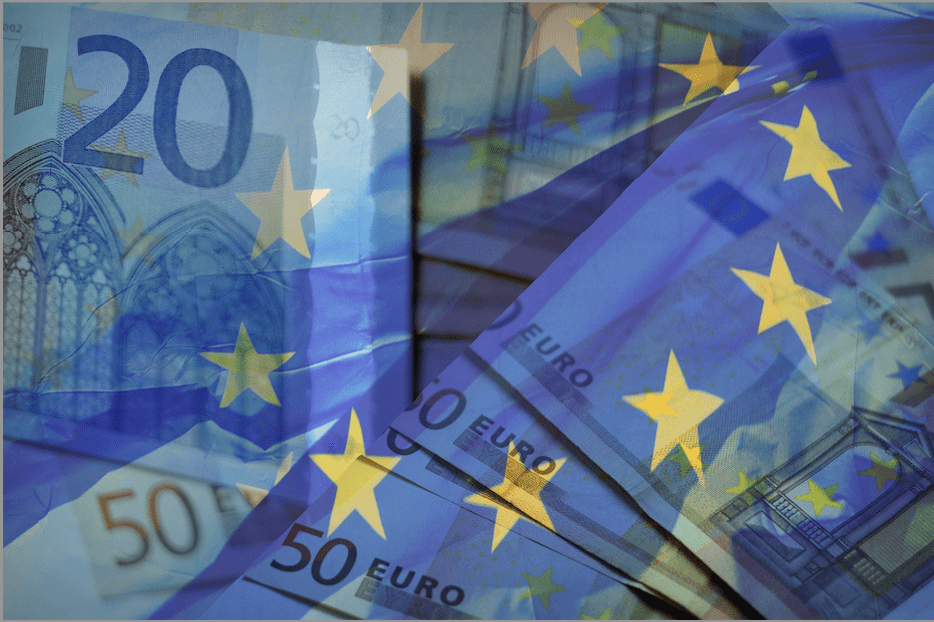5 Tips for Choppy Markets
These markets are untradeable—there’s too much uncertainty. I’m getting chopped up.”
Does that sound familiar? It might. Portfolio managers and traders have been expressing those sentiments on financial television most of this year.
Trader frustration seemed to boil over in late September when House Speaker Nancy Pelosi announced a formal impeachment inquiry of President Donald Trump—introducing another source of market uncertainty.
Let’s take a look at a chart of the S&P 500 versus VIX Index in “Flip-flop,” below.
How does a trader handle all the flip-flop from risk-off to risk-on trading conditions? Wishing that markets would calm down isn’t a strategy. Here’s a five-step approach that can help.
Accept the fact that choppy markets are likely to persist and that they must be dealt with—don’t try to wait them out.
Identify the “market themes” causing volatility and creating the choppy trading conditions. Recent themes include the U.S.-China trade war, Brexit, the impeachment inquiry, Federal Reserve Board monetary policy and statements by Fed Chairman Jerome Powell.

Look at how markets/asset classes/sectors/individual equities behave when there’s either good or bad news regarding one of the market themes. Make a cheat sheet of the observations.
For example, when there’s a negative U.S.-China trade war headline, the trading environment becomes risk-off. U.S. equity markets tend to fall, volatility rises and the safe-haven currency, the Japanese yen (JPY), strengthens.
Positive U.S.-China trade negotiation headlines or encouraging presidential tweets cause the opposite market effect, creating a risk-on environment. U.S. equity markets rise and safe-haven assets retreat.
Brexit headlines influence the British pound/U.S. dollar (GBP/USD) currency pair and the Euro/British pound (EUR/GBP) currency pair the most. Negative Brexit headlines that make a no-deal exit seem more likely can weaken the GBP versus both the USD and the EUR. Positive Brexit headlines, such as a possible extension of the Brexit deadline or news that a no-deal Brexit could be avoided, strengthen the GBP against both the USD and the EUR.
After looking back on market behavior when one of the market themes sets the tone for the trading session and making a cheat sheet, formulate a plan for what trades to make during both risk-on and risk-off trading environments.
Shorten the trading time horizon and stay nimble. Set alerts on your mobile phone or trading systems for headlines related to the market themes and be ready to respond with one of the corresponding trade ideas from your cheat sheet.
Know the event risk calendar, including trade negotiation dates, Brexit decision deadlines and important U.S. economic releases. Expect more volatility in markets on those days.
No one can anticipate surprise headlines, but investors can exercise some control by knowing event risk dates and having a trading plan ready to respond to the news. It is also important to have trading plan scenarios ready for surprise announcements.
Trade Idea Large market themes remain unresolved, so safe-haven assets can strengthen further on market volatility. Look for further Japenese yen strength versus the U.S. dollar. Buy a 104.00 three-month USD/JPY put.
Amelia Bourdeau is CEO at marketcompassllc.com,
an advisory firm that provides global macro education and trading strategy to investors at every level. @ameliabourdeau





















